How to get sponsors on YouTube even if your channel is small

When you think about YouTube sponsorships, who comes to mind? Maybe any of the following:
- Felix Kjellberg (also known as PewDiePie)
- Logan Paul
- Liza Koshy
- Ryan Higa
As some of the top names on YouTube, these users all have channels with millions of subscribers and they have the money that comes along with it. PewDiePie (a gamer, and comedian) has earned $124 million since 2010. Liza Koshy’s net worth is $4.16 million. Logan Paul makes an estimated $36 thousand a day.
How’s that for a hard day’s work?
When people think of YouTube sponsors, they tend to think of large channels like the ones listed above, but that’s not always the case. Lucrative sponsorships for small YouTubers are possible too, it’s just a matter of knowing how to do it.
What do sponsors look for?
Did you know that, as of 2024, influencer marketing has grown into a $21.1 billion industry?
Brands realize that influencer marketing is a highly effective way to gain the trust of their customers and are doing anything they can to hop aboard the gravy train. This is good news for you because it makes sponsorships viable for all YouTube channels, not just the large ones.
If you’re on the lookout for sponsorships but aren’t quite sure where to start, you’re in the right place! The first thing step to getting a YouTube sponsorship is to understand what it is sponsors are looking for.
1. An Established Brand Persona
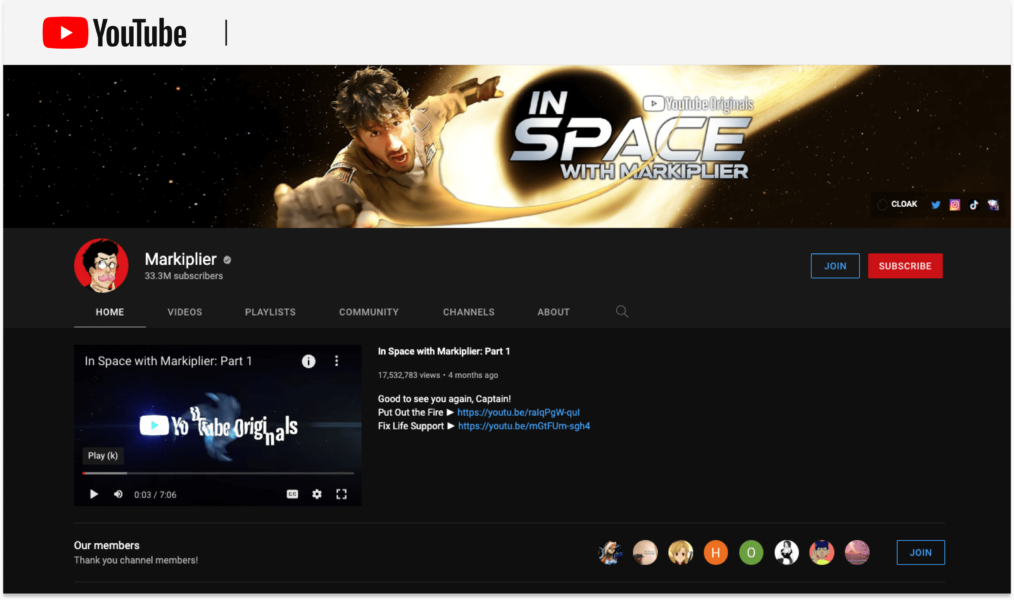
An established brand persona is essential to gaining a YouTube sponsorship. The single most important thing sponsors look for in potential sponsorships is compatibility.
Sponsors want to know that you share their values and that your branding aligns with theirs. Unclear or mixed branding will harm a company’s brand, so don’t expect to gain a sponsorship if you don’t know exactly who you are and why you do what you do.
Let’s take a look at Markiplier, a gamer, and vlogger with over 33.3 million subscribers.
At first glance, you can immediately see who Markiplier’s brand persona is: a funny, quirky gamer who likes to make light-hearted videos. Because his branding is consistent throughout his channel and YouTube videos, it hasn’t been difficult for him to get sponsors on YouTube with brands such as Loot Crate, Big Hero 6, and Five Nights At Freddy’s.
When establishing your brand persona, there are a few questions you should ask yourself, such as:
- What do you do?
- Who is your audience?
- What are you selling?
- What are your core values?
- What is the personality of your brand?
- If you had to ascribe 5 human characteristics to your brand, what would they be?
By gaining a clear idea of what your brand persona is, you make it much easier for sponsors to figure out whether you two are a good fit or not!
2. A Similar Target Audience
Having a similar target audience is one of the most important things a sponsor looks for in a sponsorship.
A sponsor is only going to want to work with you if your content will appeal to their audience. It doesn’t make sense for an upscale design company to reach out to a baker who specializes in baking delicious pop culture treats, does it? However, a sponsorship between that baker and a viral entertainment company could be a match made in heaven!
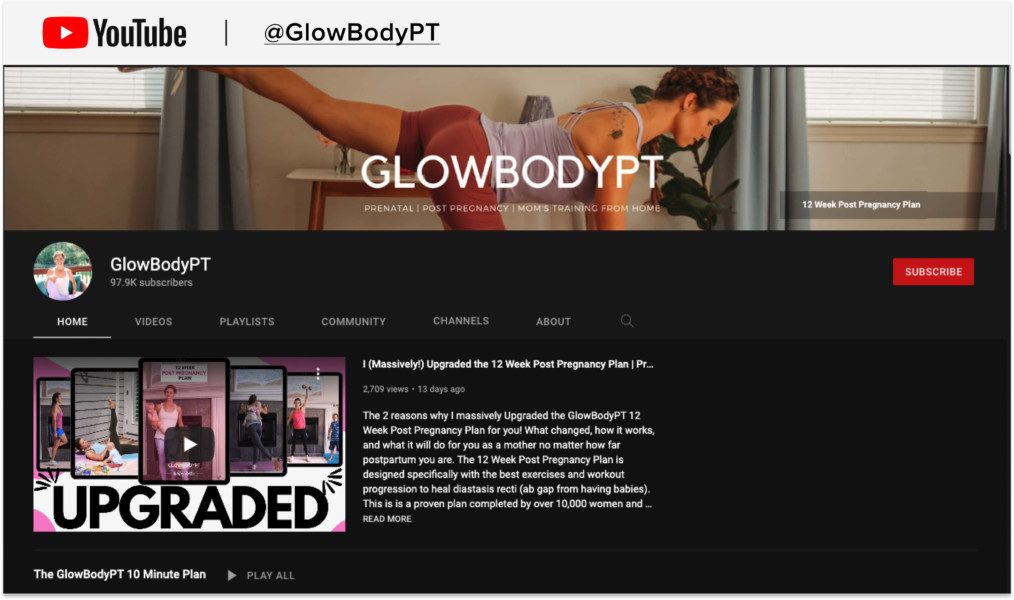
So, do your research. Take a look at the type of people who watch your videos and ask yourself:
- How old are they?
- What are their interests?
- What are their spending habits?
- What do they do for a living?
- Where do they shop?
- What other brands do they love?
Once you have this information, take a look at the sponsors you’re interested in. Is their audience similar to yours? If so, you might be a good fit!
3. Quality Content
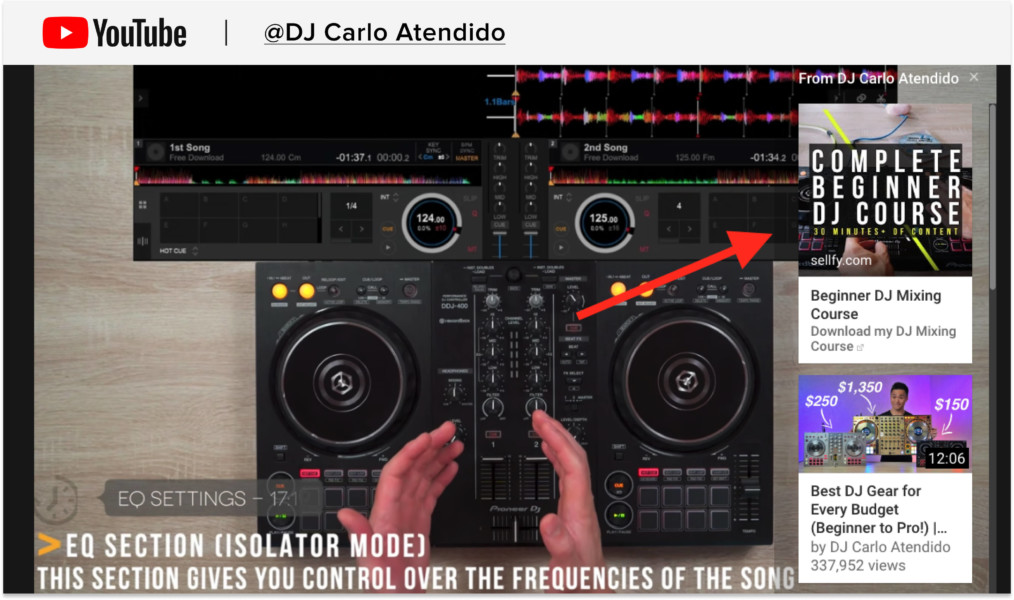
Another important thing that sponsors look for is quality content.
Just as unclear branding can hurt a company, so can low-quality content. Companies don’t want to associate themselves with other brands that don’t have the same standards as them. In fact, asking for sponsorships while you have low-quality content up could get you blacklisted within that company and among their peers.
Before reaching out to sponsors, do a quality audit. Look at your content and ask yourself, “If this were somebody else’s content, would I like it?”
Another good way to review the quality of your content is to ask for feedback from your audience. Something as simple as letting your fans know that you’re looking for feedback on your videos could yield huge results.
How to connect with sponsors
If you’re just first starting out, finding sponsors can be a bit confusing. Do you wait for them to come to you? Do you just email them? How do you even know what companies are offering sponsorships?
Luckily, there are a few websites out there that are made specifically to help put smaller YouTube channels in contact with companies offering sponsorships! Check them out below.
1. GrapeVine
Advertised exclusively to YouTubers, GrapeVine has reportedly paid more than $3,929,499 to YouTube creators such as yourself! GrapeVine facilitates sponsorship deals between YouTubers and interested companies. While GrapeVine has been used by large YouTube channels, they mainly market themselves to small to medium size YouTubers, making it an attractive option if you’re just starting out.
GrapeVine deals in two types of sponsorships: product packages in exchange for reviews and paid sponsorships.
2. Content BLVD
Content BLVD is another marketing and review platform that caters exclusively to YouTubers. They believe that true influence can’t be bought, so they only offer product packages in exchange for reviews, rather than paid sponsorships. They also require that YouTubers who get free products in exchange for their reviews disclose it on their channel.
Content BLVD is a great choice if you’re in a niche that regularly uses physical products. To date, they’ve gained over 40 million views for their customers since their launch in 2015.
3. FameBit
Touted as an easy-to-use sponsorship platform for Instagrammers and YouTubers, FameBit is a great option for the YouTuber who is new to sponsorships and just wants to dive right in. The sign-up process is straightforward and simple and from there you can surf FameBit’s website for advertisements from companies you’re interested to work with. Once you find one, you can then proceed to bid for that project.
Should you combine YouTube with other revenue streams?
Sponsorships are a great way to make money from YouTube, but they’re not the only way. If your sole method of making money is through sponsorships, you should absolutely add other streams of revenue to your business model. Let’s take a look at some of the more popular ways to make money with your YouTube account.
1. Affiliate Marketing
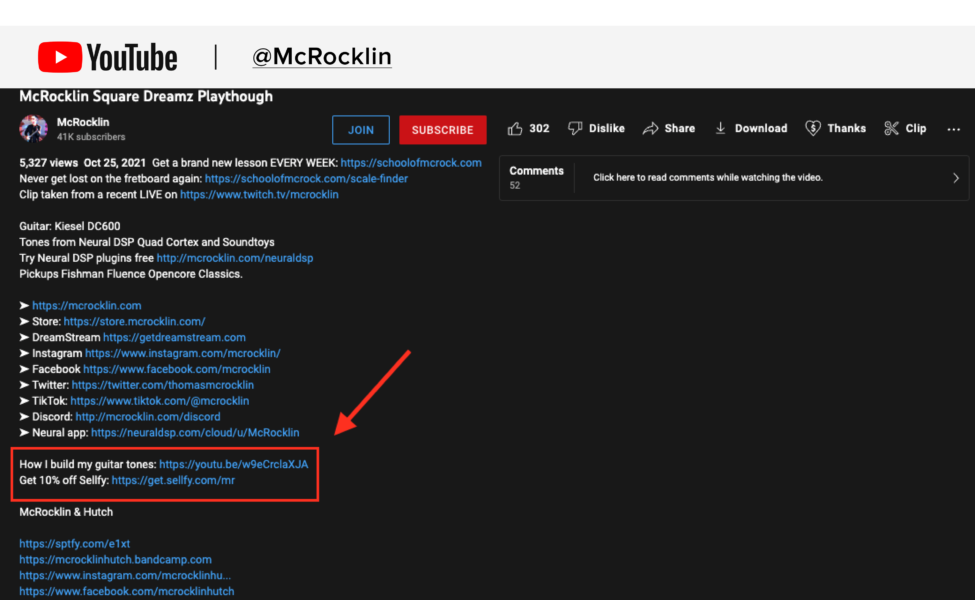
Affiliate marketing is when you place affiliate links in your YouTube videos via annotations or in the video description space. These links contain tracking codes that (you guessed it!) track users who click on them.
The idea of affiliate links is to get your audience to buy the product you’re linking to. When a user clicks on an affiliate link, they are redirected to an affiliate landing page where they will be encouraged to buy the product.
The tracking codes in your affiliate link will track whether that user makes a purchase. If they do, you receive a commission off of that item.
Some popular affiliate sponsorships for YouTube include:
- Amazon
- Skillshare
- Target
- PointsPrizes
- Movavi
Affiliate marketing can be a great way to make money if you have a large audience who is motivated to buy the products you review. Just be aware that commission percentages usually range between 5-15%, so you’ll either need to link to expensive products or encourage a large number of people to buy if you want to generate a significant amount of income.
2. Ads
Arguably the easiest way to make money on YouTube is through ads. Once your channel has reached a certain threshold (4,000 watch hours in the last 12 months and 1,000 subscribers), you can sign up for the YouTube Partner Program, which will enable you to connect your YouTube account to a Google AdSense account.
It’s pretty simple: YouTube will run an ad before or during your video and you get paid for the views. However, you’ll need a significant amount of views to generate any kind of substantial income. Most YouTubers only make $1-2 per 1,000 views.
3. Selling your own digital products
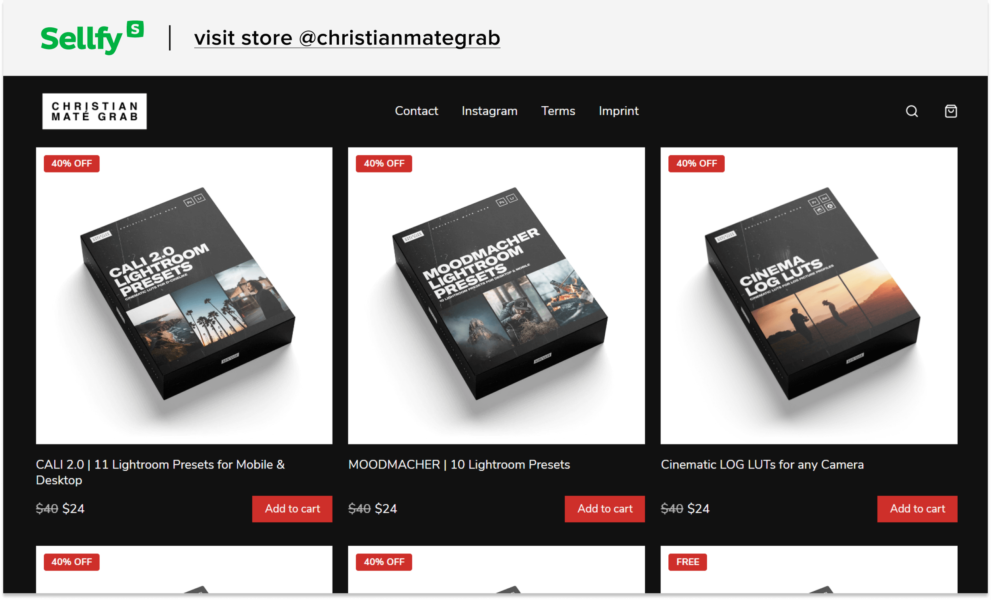
If ads are the easiest way to make money on YouTube, selling your own products is the most profitable. Take a look at Christian Mate Grab, who makes 6 figures selling LUTS and Lightroom presets!
The concept behind this monetization method is pretty simple.
- You create a digital product,
- You open an online store. (Sellfy is popular among YouTubers)
- Mention your product in YouTube videos and link to your store from the YouTube video description.
No, we aren’t kidding you. It’s that easy!
Digital products are great because they take almost no start-up capital and are a passive source of income. Once created, it’ll keep making money without any effort on your part.
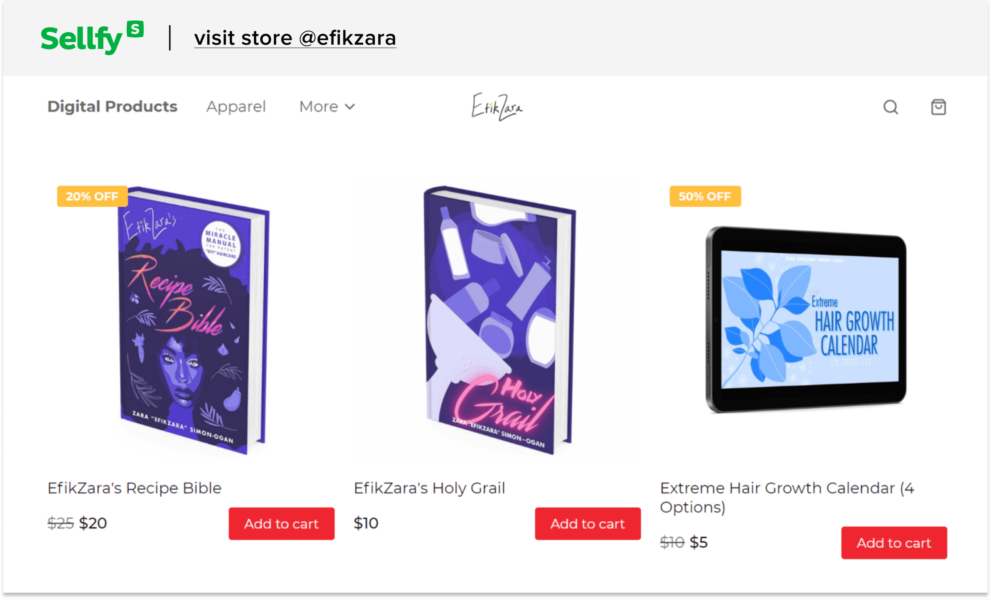
Apart from being a professional violinist, Zara is a woman of many talents based in Nigeria. With the help of Sellfy, she sells natural hair care resources and digital information products to 105K+ followers on Instagram and 171K+ subscribers on YouTube.
What type of digital products can you sell?
When it comes to what types of digital products you can sell, the possibilities are endless. If you can think of it, chances are you can sell it. Some popular digital product types include:
- Software (website templates, plugins)
- ebooks (workbooks, guides)
- Photography products (stock photos, Lightroom presets)
- Video (Movies, tutorials, etc.)
- Digital art & graphics (fonts, icon bundles)
- Audio files ( drum kits, samples, stock music)
For a full list of digital products you can sell, check out our post, “101 Digital product ideas & examples in 2024”.
Where can you sell your products?
There are several e-commerce stores you can choose from, but Sellfy is definitely one of the best options out there, especially if you’re coming from a smaller YouTube channel.
Sellfy is great because it’s a platform designed for Youtubers rather than web designers, so setting up a store is fairly easy. The default storefront looks great, so you don’t have to worry about additional tweaking, and you get started in minutes.
Additionally, you’ll have access to unlimited bandwidth, and products so you can sell as many digital items as you want for one fixed monthly price. Even better, you receive money instantly to your PayPal account the second someone buys something!
You can check out more of Sellfy’s features here. We even offer a free 14-day trial, which is a great risk-free way to see if the platform is right for you. Then you can choose one of 3 available plans.
How to Sell with Sellfy on YouTube
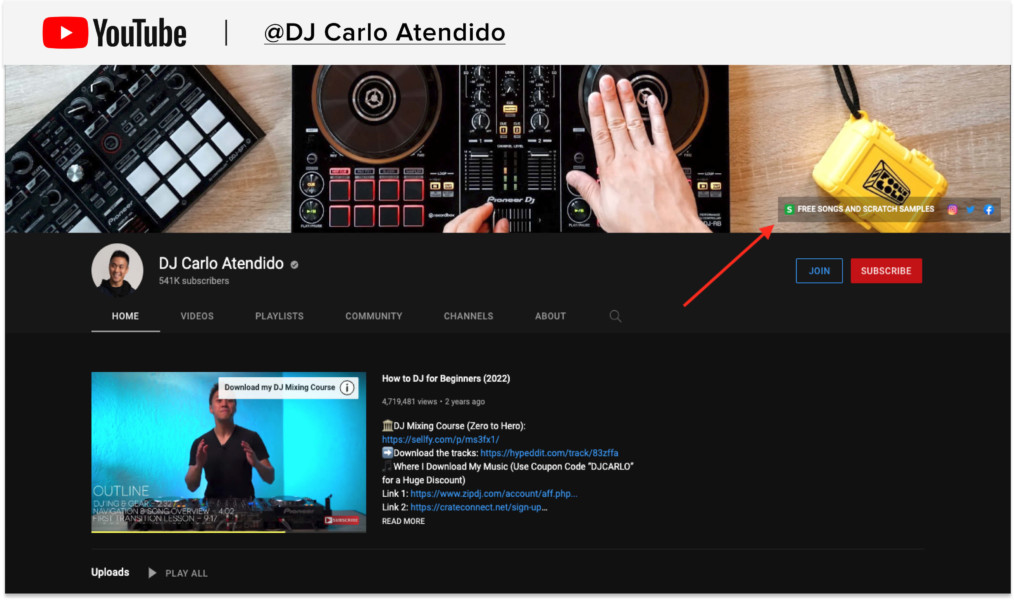
When selling digital products through Sellfy, there are numerous ways to drive traffic from your YouTube channel to your eCommerce store. You can:
-
- Add links in the description and comments
- Add a custom link to your profile banner
- Use end screens to link to your online store (If you’re in the YouTube Partner Program)
- Use cards to drive traffic to your site from YouTube (If you’re in the YouTube Partner Program)
You can find more information on how to sell on YouTube in our guide here.






